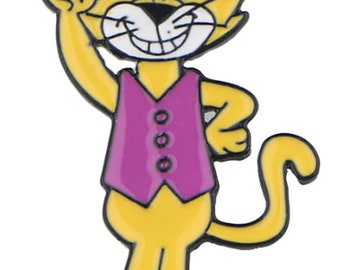

Just two characters talking to each other. No dinosaurs performing the job of modern appliances. Despite the animal characters and other now-cliche cartoon formulas, the show was a dialogue-driven show without many sight-gags. In some ways, Top Cat was a far riskier cartoon than anything Hanna-Barbera had done before or for years afterward. Sound like your average cartoon? It wasn't. He drags along his gang of friends along the way as unwitting servants who sometimes cause him more trouble than they're worth. Usually, T.C.'s plans involve him impersonating someone else in order to trick some poor fool into giving him their money. Like many cartoon characters, his main goal is to get rich quick, even if that means subverting the law in the form of Officer Dibble. Top Cat (close friends get to call him T.C.) is the hip brain of a gang of cats. Much like The Flintstones adapted the styles of sitcoms like I Love Lucy, Top Cat was designed to mimic gang-shows such as The Phil Rivers Show.

So when they were offered a chance to do a cartoon about a stylish cat, they took it. And for good reason, they were at the top of their game. Throughout the 1960s, Hanna-Barbera owned television animation. They entered a golden age that would last about a decade in which they produced cartoons aimed at both kids and adults. After the massive success of The Flintstones, Hanna-Barbera could do just about anything they wanted.


 0 kommentar(er)
0 kommentar(er)
